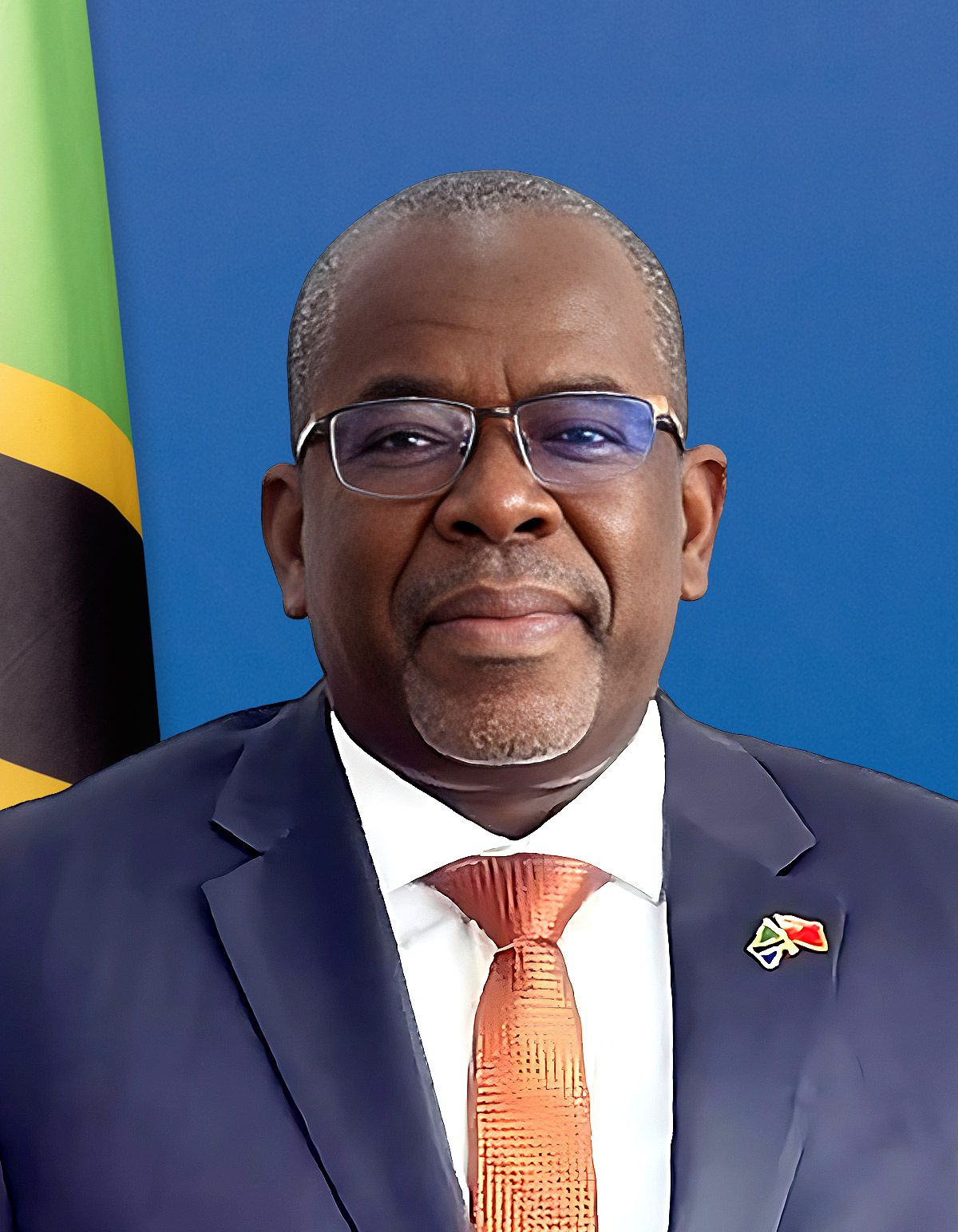Rand Holds Steady as Global Stocks Pull Back


Quidah is an online platform that connects investors with curated opportunities and expert insights on Africa’s emerging markets, while offering businesses promotional services, partnership facilitation, and market intelligence to attract capital and grow their operations.
Industries
The South African rand traded little changed around 17.37 per dollar on Friday morning, as a pullback in major global equity markets tempered risk appetite.
Investors are now pivoting to next week’s local data and South Africa’s 2025 medium-term budget statement for guidance on the economic and fiscal outlook.
At 07:30 GMT, the rand was at 17.37 to the dollar, near its previous close of 17.3750.
ETM Analytics said the currency remains “on the defensive” as the world’s biggest stock markets correct after months of gains, unsettling investors.
The JSE Top-40 index fell about 1% in early trade, while the 2035 government bond yield rose 1 basis point to 8.775%.
Domestically, traders will scan forthcoming employment, mining and manufacturing prints for fresh signals on the health of Africa’s most industrialized economy.
However, the National Treasury’s 2025 medium-term budget statement on Wednesday is expected to command most of the attention.
Nedbank economists anticipate a slightly brighter fiscal picture, projecting a consolidated budget deficit near 4.4% of GDP this fiscal year versus 4.8% in Budget 2025.
They see the shortfall narrowing gradually but remaining above 3% by FY2028/29, with the primary surplus hovering around 2% of GDP toward the end of the forecast horizon.
Nedbank also expects growth to firm over the next three years as subdued inflation and lower interest rates support consumption, while easing energy and logistics constraints help revive fixed investment.
A steady rand amid a global equity correction underscores the currency’s sensitivity to external risk and suggests near-term direction will hinge on fiscal signals from the medium-term budget and incoming domestic data.
Should Treasury confirm a path of gradual consolidation and sustain a primary surplus near 2% of GDP, local bonds could benefit via lower risk premia and improved confidence, supporting investment-sensitive sectors
Continued relief in power and logistics bottlenecks would broaden opportunities in consumer demand, manufacturing capital expenditure and freight services if financing conditions ease with better fiscal optics.
Markets now look to Wednesday’s budget statement and next week’s data for confirmation of fiscal stabilization and growth catalysts, with moves likely tethered to global risk sentiment and domestic policy clarity.
The statement could set the near-term tone for the rand and rates into year-end as investors assess the credibility and pace of consolidation.


